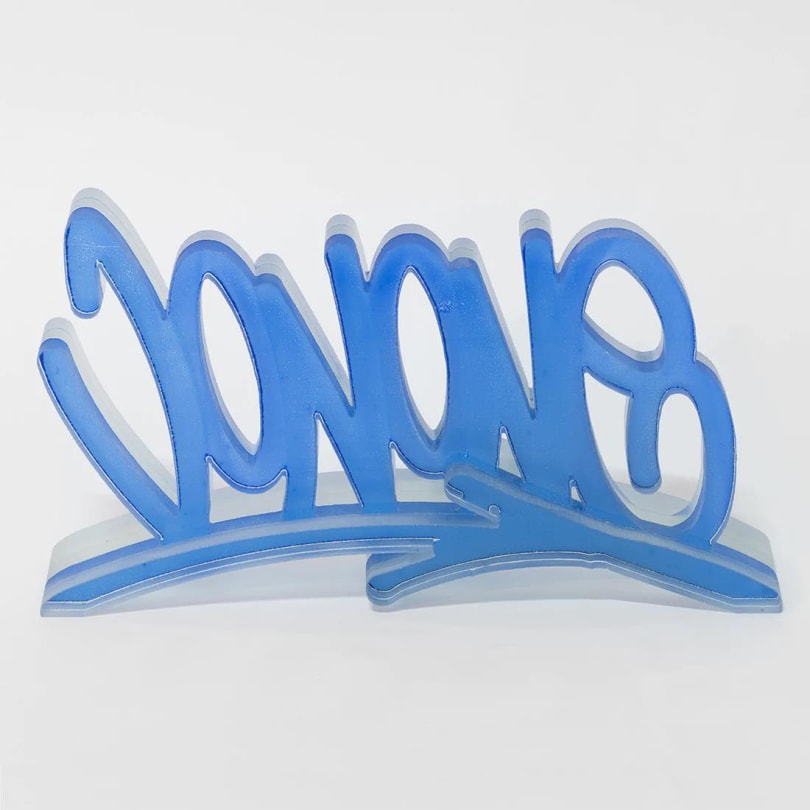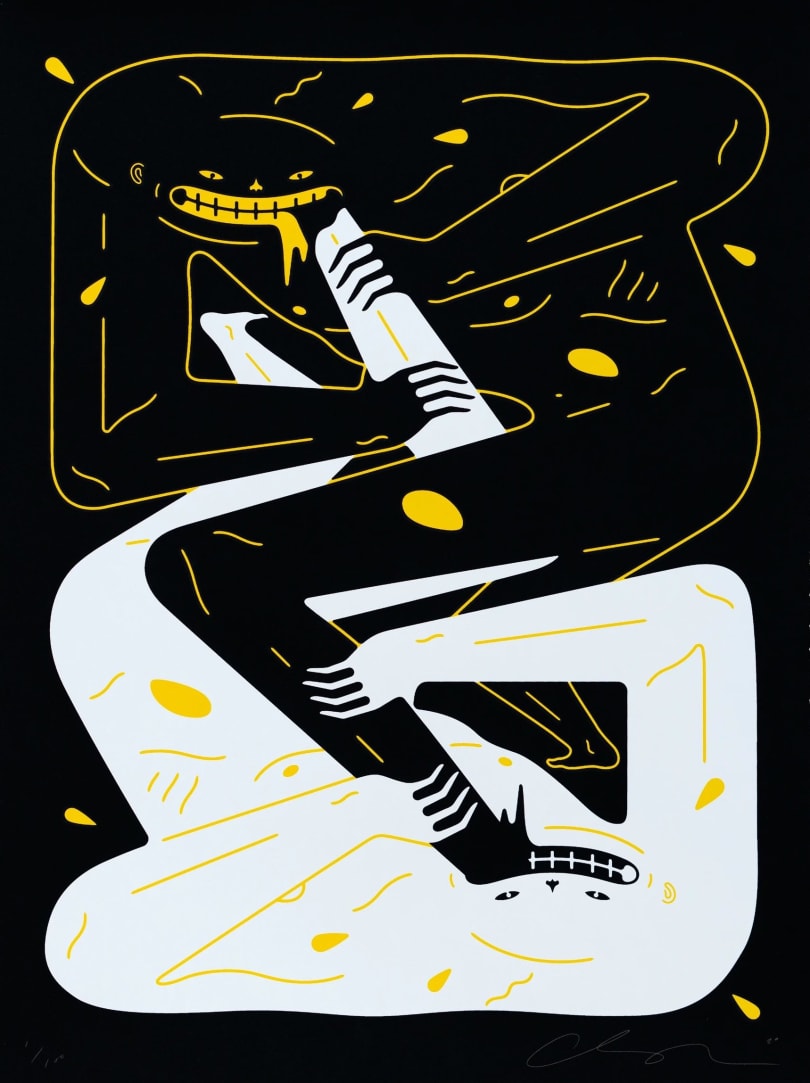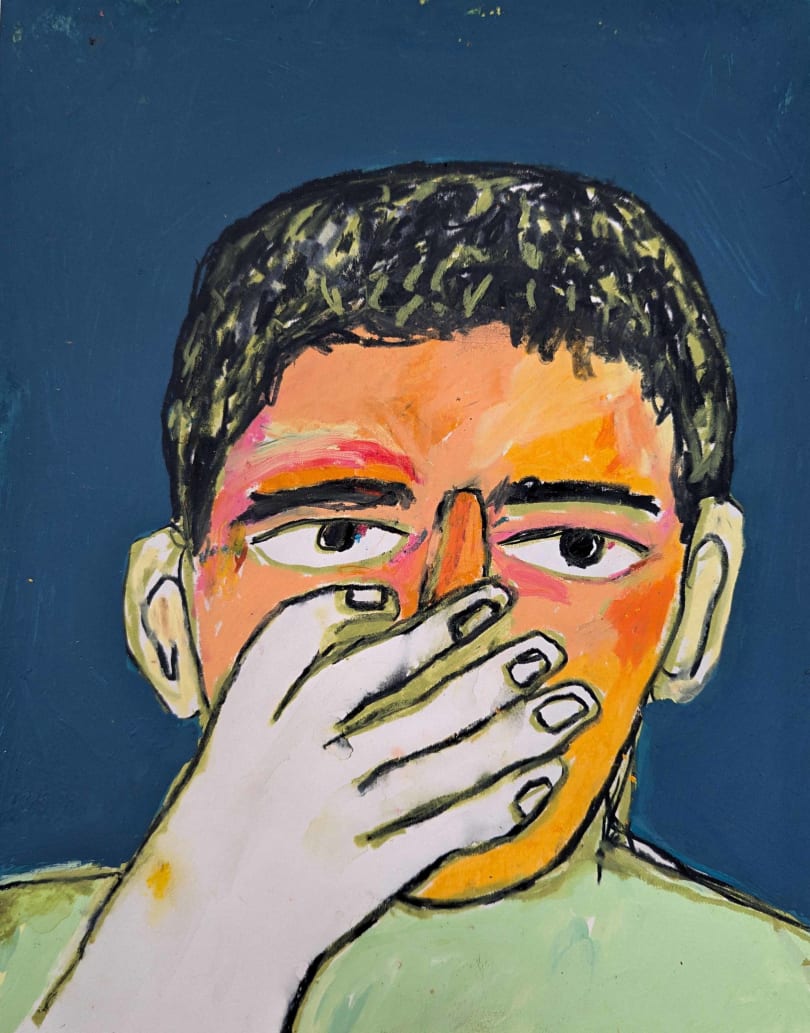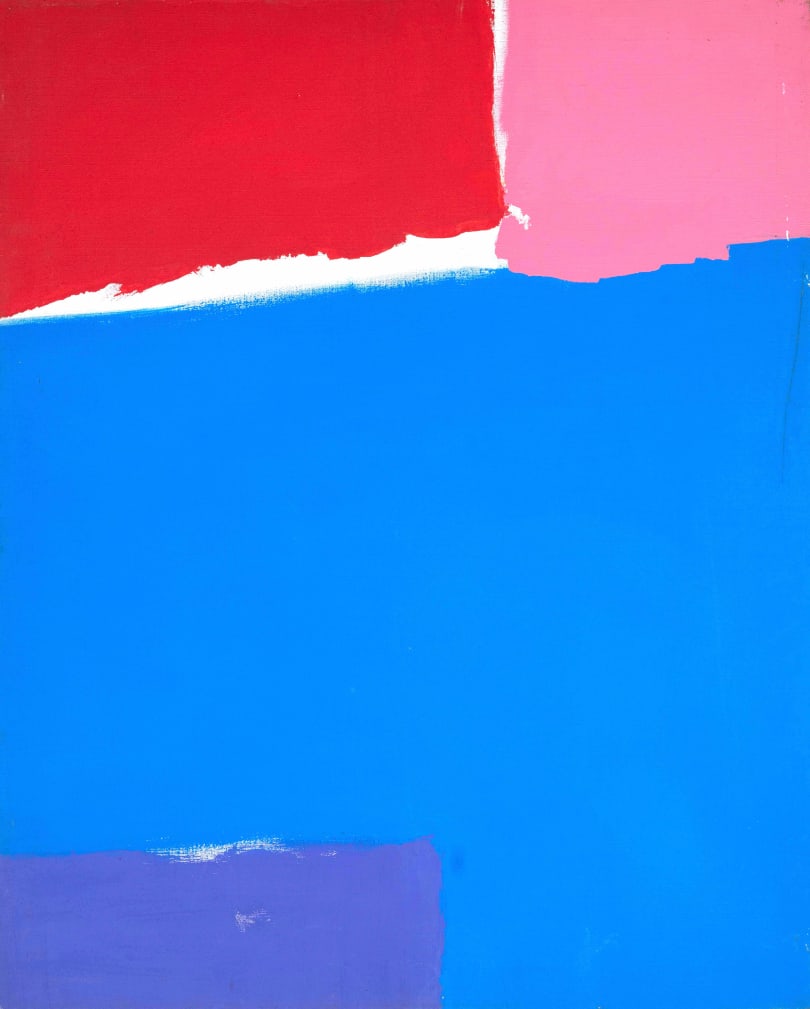
Artwork information
Category
PrintTechnique
DrypointDate
1897Dimensions
30 cm x 19.6 cmSignature
Signed lower leftProof(s) of authenticity
It appears in the database of the Association des Amis de Paul-César Helleu under the reference APCH: PS-2220. This drypoint will be part of the artist's digital catalogue raisonné which is currently being finalised.State of conservation
Very goodFraming
NoLocation
Paris, FranceDescription
For information, the dimensions taken into account are those of the plate and not of the entire sheet.
Provenance
French private collection
Bibliography
Inventaire du fond français après 1800, Jean Adhemar, Jacques Lethève et Françoise Gardey, tome 10, Paris, Bibliothèque nationale, 1958.




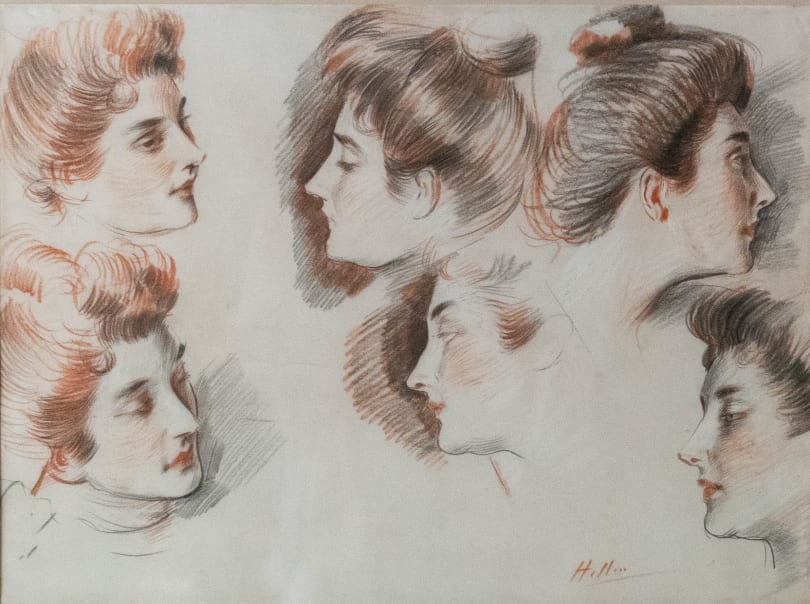










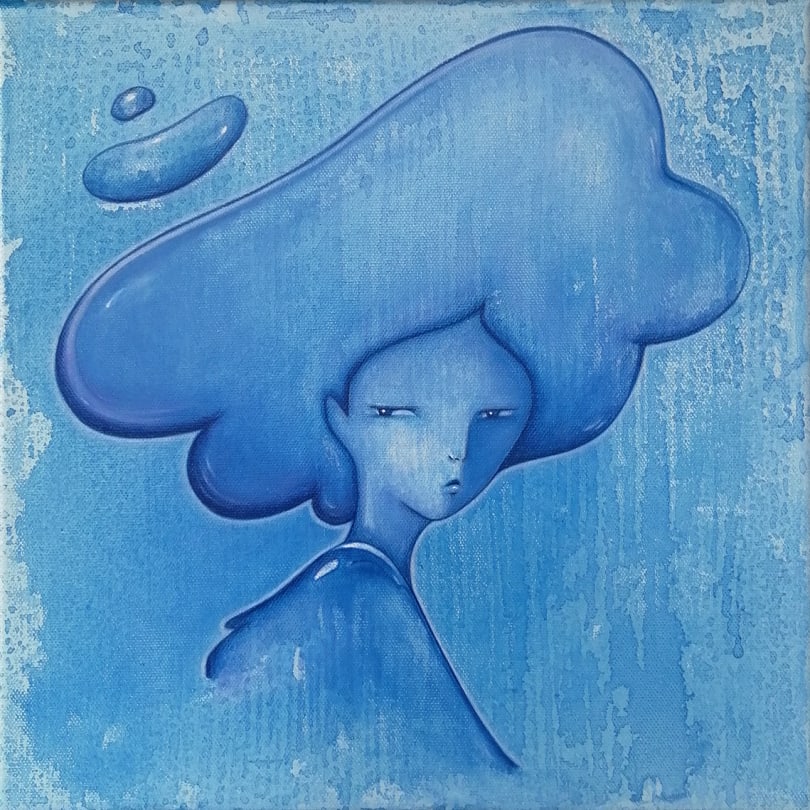



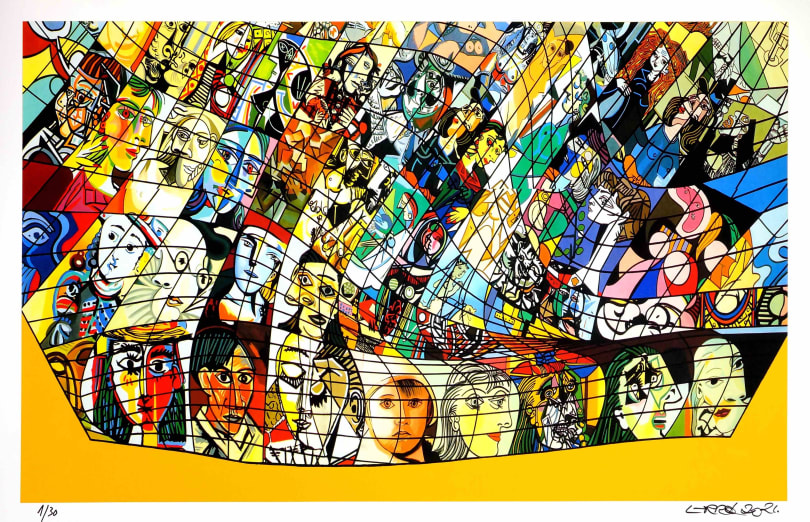
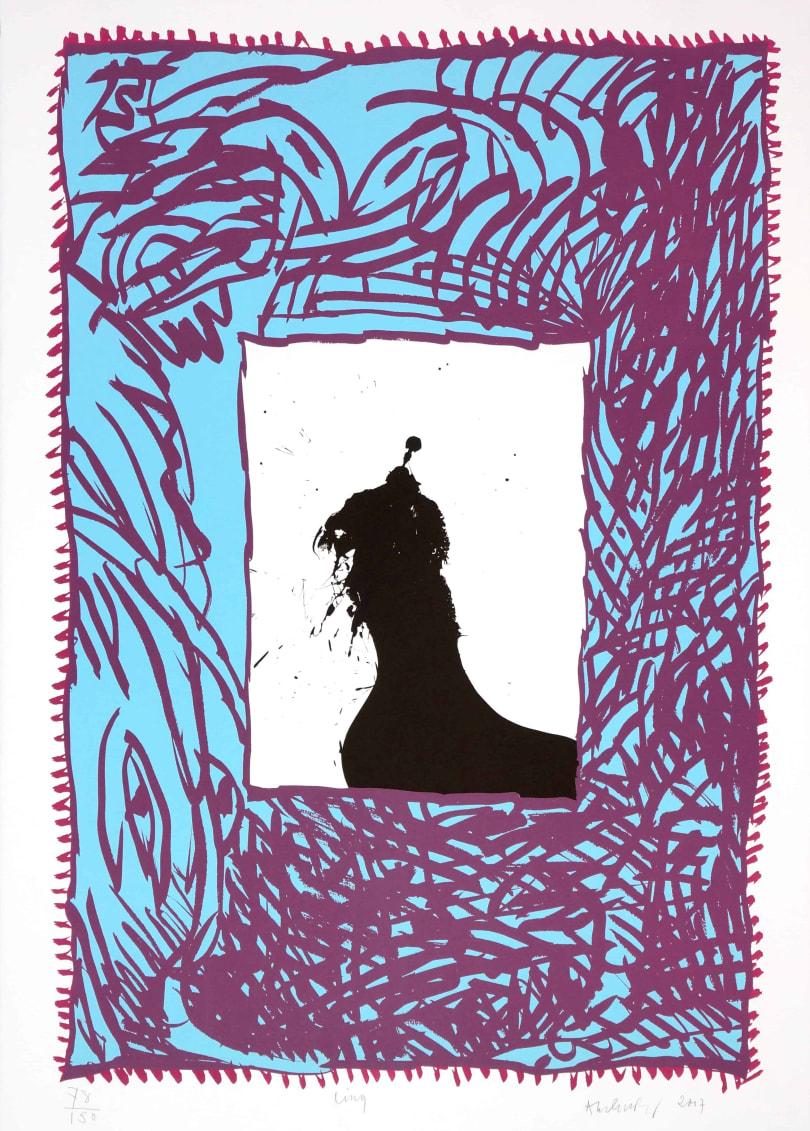






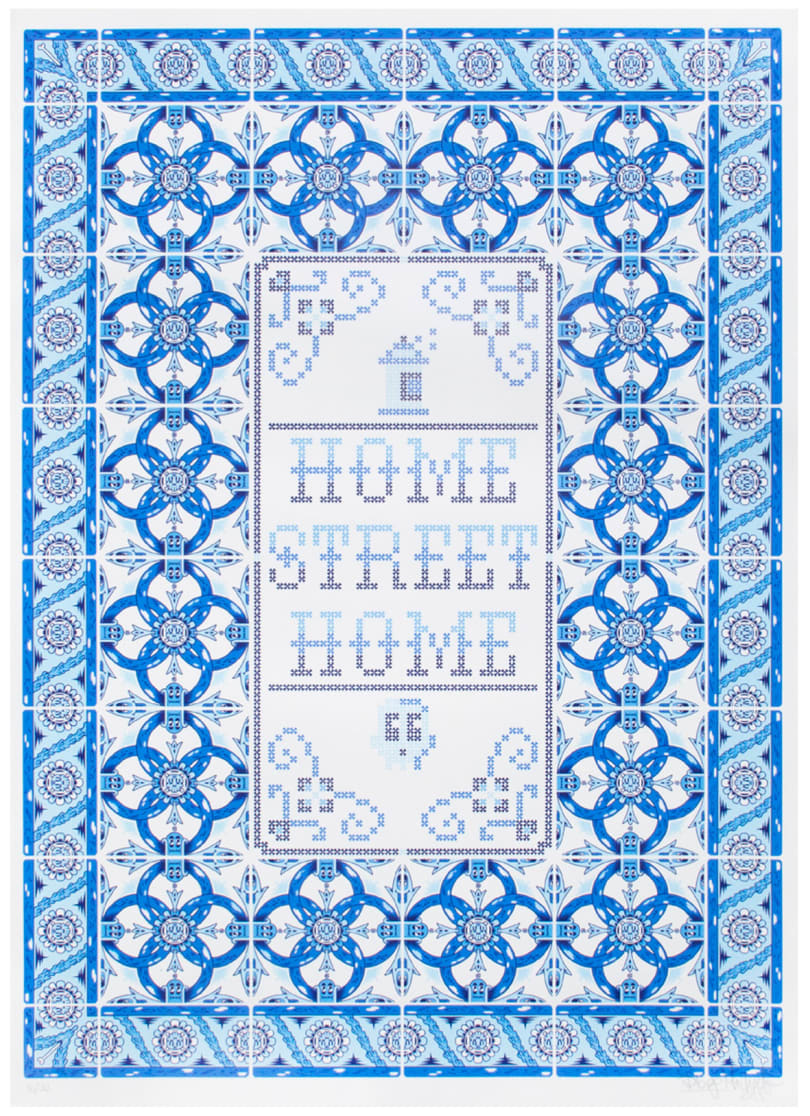


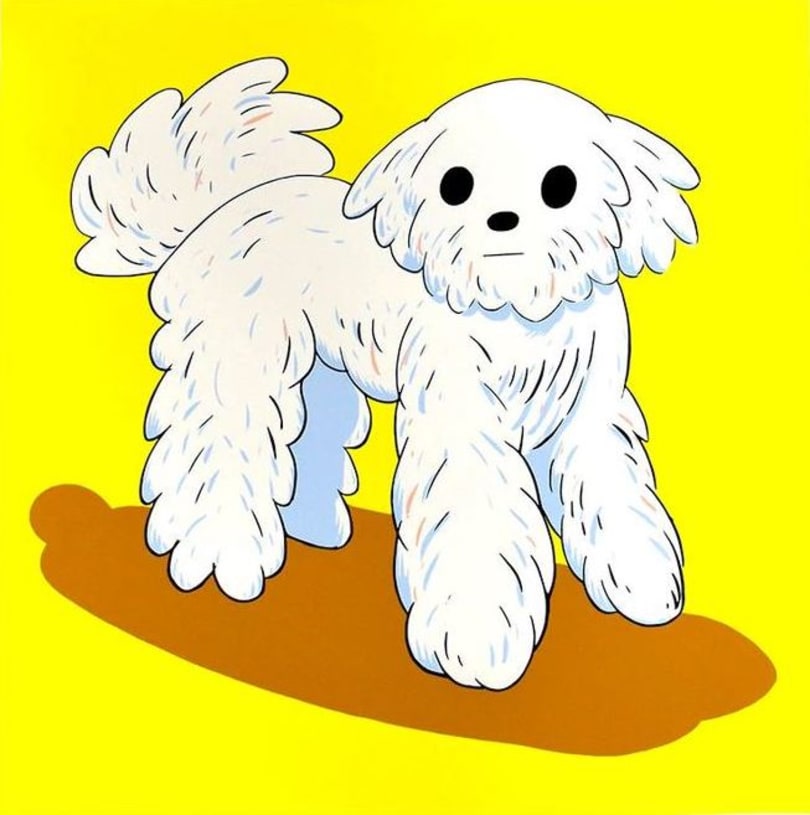
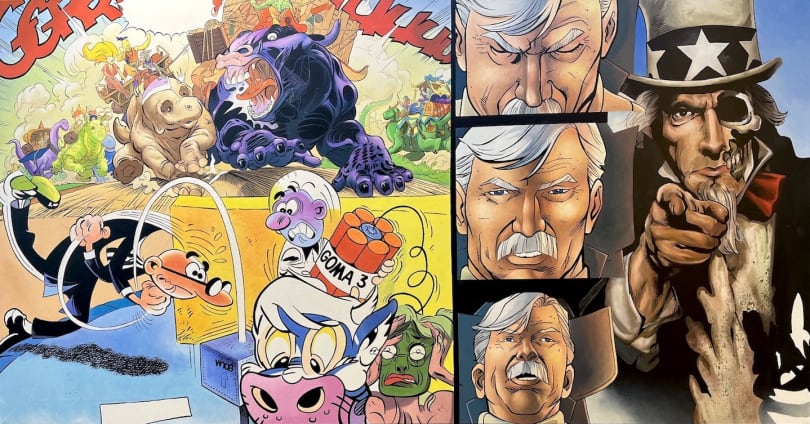


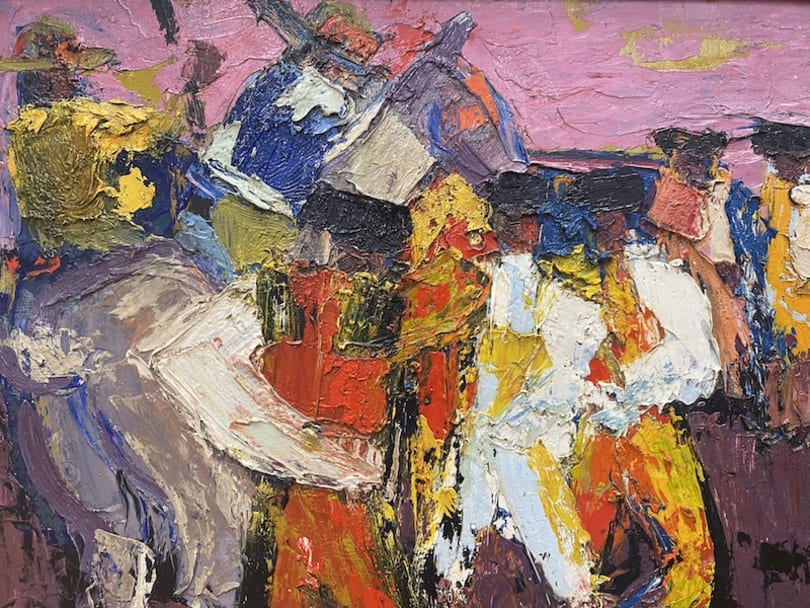
.jpg)


.jpg)


